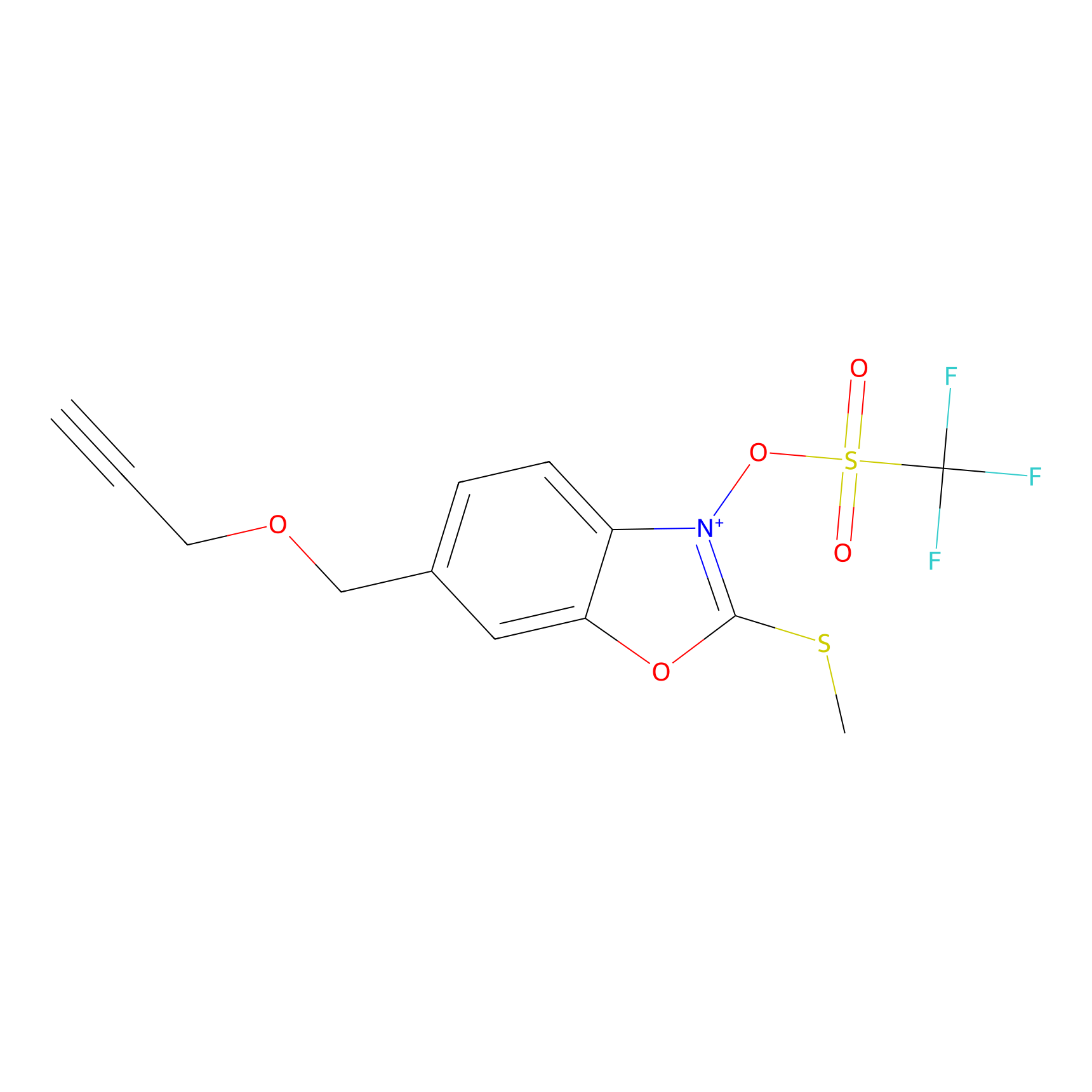Details of the Target
General Information of Target
| Target ID | LDTP06729 | |||||
|---|---|---|---|---|---|---|
| Target Name | Kelch-like protein 40 (KLHL40) | |||||
| Gene Name | KLHL40 | |||||
| Gene ID | 131377 | |||||
| Synonyms |
KBTBD5; SRYP; Kelch-like protein 40; Kelch repeat and BTB domain-containing protein 5; Sarcosynapsin |
|||||
| 3D Structure | ||||||
| Sequence |
MALGLEQAEEQRLYQQTLLQDGLKDMLDHGKFLDCVVRAGEREFPCHRLVLAACSPYFRA
RFLAEPERAGELHLEEVSPDVVAQVLHYLYTSEIALDEASVQDLFAAAHRFQIPSIFTIC VSFLQKRLCLSNCLAVFRLGLLLDCARLAVAARDFICAHFTLVARDADFLGLSADELIAI ISSDGLNVEKEEAVFEAVMRWAGSGDAEAQAERQRALPTVFESVRCRLLPRAFLESRVER HPLVRAQPELLRKVQMVKDAHEGRITTLRKKKKGKDGAGAKEADKGTSKAKAEEDEEAER ILPGILNDTLRFGMFLQDLIFMISEEGAVAYDPAANECYCASLSNQVPKNHVSLVTKENQ VFVAGGLFYNEDNKEDPMSAYFLQFDHLDSEWLGMPPLPSPRCLFGLGEALNSIYVVGGR EIKDGERCLDSVMCYDRLSFKWGESDPLPYVVYGHTVLSHMDLVYVIGGKGSDRKCLNKM CVYDPKKFEWKELAPMQTARSLFGATVHDGRIIVAAGVTDTGLTSSAEVYSITDNKWAPF EAFPQERSSLSLVSLVGTLYAIGGFATLETESGELVPTELNDIWRYNEEEKKWEGVLREI AYAAGATFLPVRLNVLCLTKM |
|||||
| Target Bioclass |
Other
|
|||||
| Family |
KLHL40 family
|
|||||
| Subcellular location |
Cytoplasm
|
|||||
| Function |
Substrate-specific adapter of a BCR (BTB-CUL3-RBX1) E3 ubiquitin ligase complex that acts as a key regulator of skeletal muscle development. The BCR(KLHL40) complex acts by mediating ubiquitination and degradation of TFDP1, thereby regulating the activity of the E2F:DP transcription factor complex. Promotes stabilization of LMOD3 by acting as a negative regulator of LMOD3 ubiquitination; the molecular process by which it negatively regulates ubiquitination of LMOD3 is however unclear.
|
|||||
| Uniprot ID | ||||||
| Ensemble ID | ||||||
| HGNC ID | ||||||
Target Site Mutations in Different Cell Lines
Probe(s) Labeling This Target
ABPP Probe
| Probe name | Structure | Binding Site(Ratio) | Interaction ID | Ref | |
|---|---|---|---|---|---|
|
DBIA Probe Info |
 |
C403(1.70); C145(4.05) | LDD3401 | [1] | |
|
Acrolein Probe Info |
 |
N.A. | LDD0227 | [2] | |
|
1d-yne Probe Info |
 |
N.A. | LDD0357 | [3] | |
Competitor(s) Related to This Target
The Interaction Atlas With This Target
References
